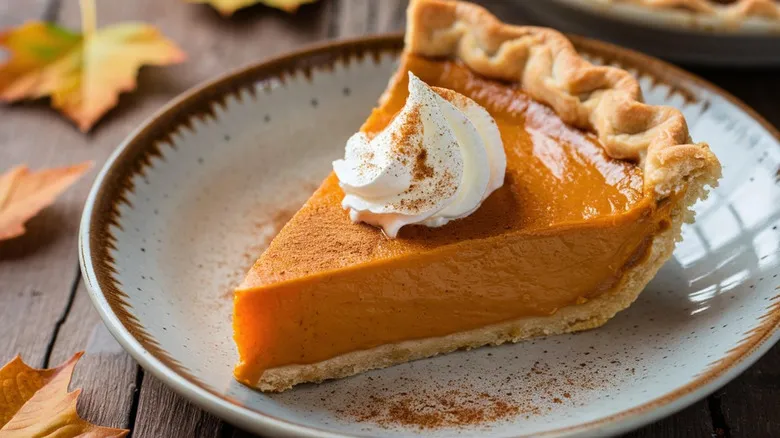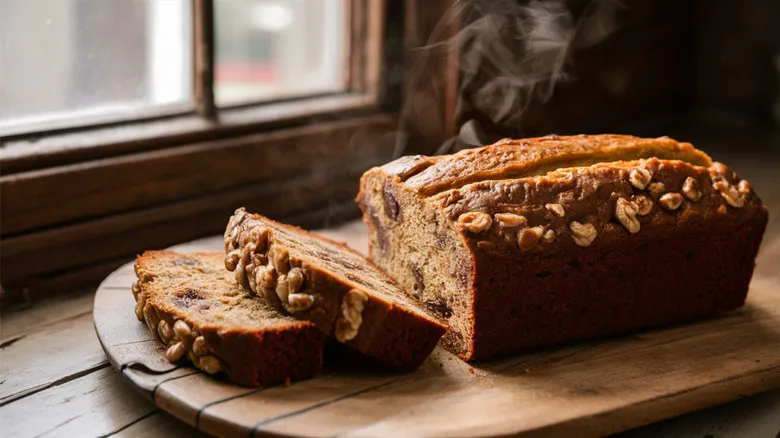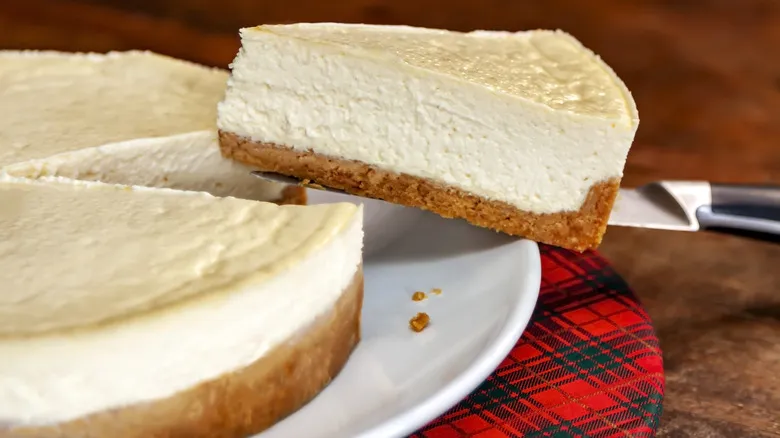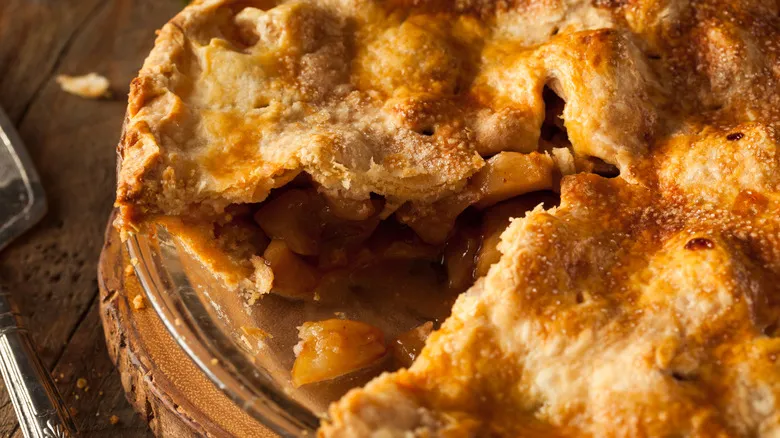Perfect your frosting technique with a few expert tips

Now that you've perfected the flavors in your frosting, it's time to consider Gordon's additional essential tips. However, before you eagerly grab your piping bag, there's one crucial warning: "Always work with a completely cooled cake," Gordon advises. If you don’t, your frosting will simply melt away.
While your cake is cooling, concentrate on achieving the ideal frosting consistency. For Gordon, this means ensuring it has a smooth, spreadable texture. Even if you've meticulously followed a frosting recipe, the consistency should still meet your visual standards. If it appears too thin, resembling a glaze, you’ll need to add more butter and sugar. Conversely, if it’s too thick to spread easily, Gordon suggests incorporating a bit of milk to loosen it up. This is especially relevant for store-bought frosting, which often benefits from a quick re-whip before piping.
Lastly, Gordon emphasizes that the most beautifully frosted cakes often embrace a minimalist approach. For those who are new to cake frosting, he recommends focusing on even, tidy spreading rather than intricate piping designs. Fortunately, "naked" cakes—those without frosting on the sides—are currently trending. Try out Gordon's advice on your next perfectly baked red velvet cake to wow your friends and family.
Recommended

The Simple Trick For Making Store-Bought Pumpkin Pie Seem Homemade

What's The Best Temperature To Bake Banana Bread At, Really?

Prevent Cracks In Your Cheesecake With This Simple Cooling Trick

The Butter Mistake Keeping You From The Flakiest Pie Crusts
Next up

